Orgo II - Medicinal Chemistry
1/27
There's no tags or description
Looks like no tags are added yet.
Name | Mastery | Learn | Test | Matching | Spaced |
|---|
No study sessions yet.
28 Terms
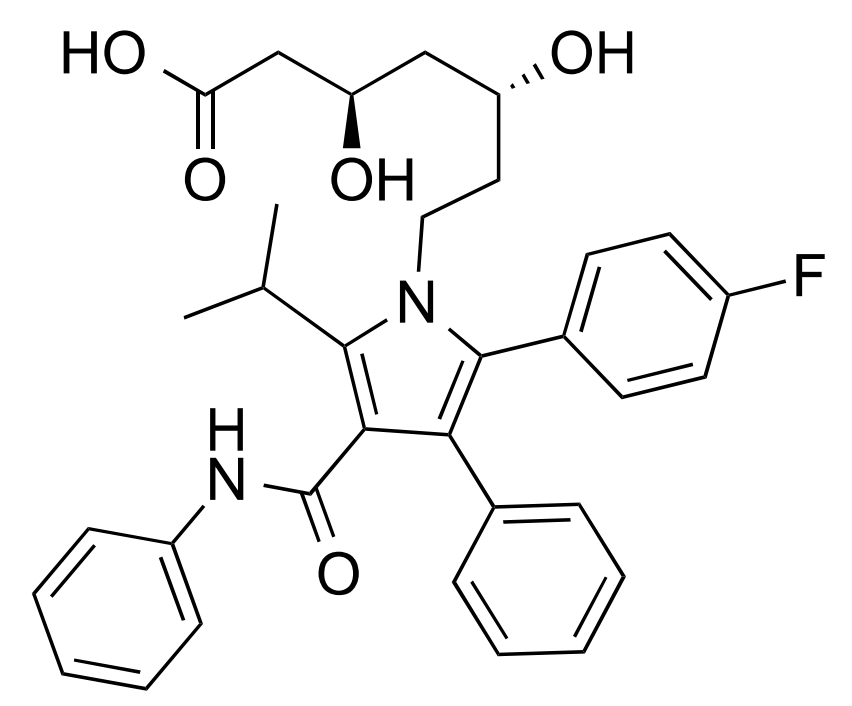
atorvastatin (Lipitor)
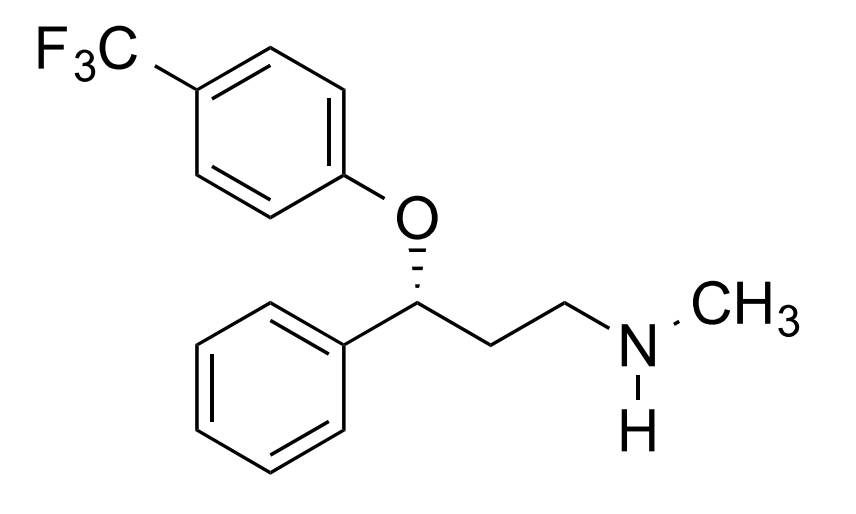
prozac
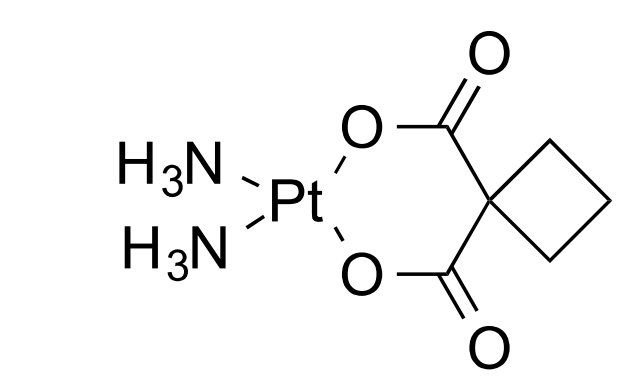
carboplatin
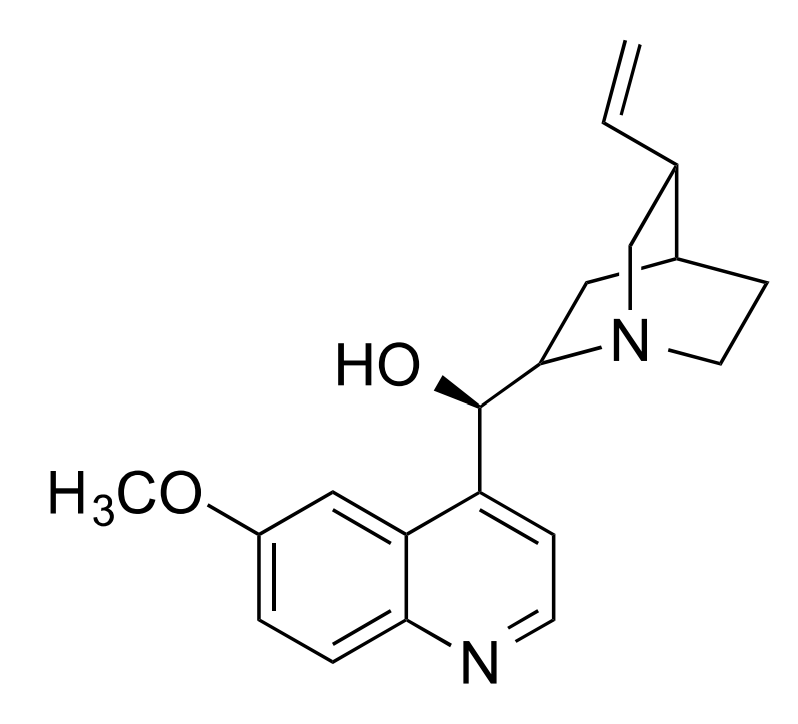
quinine
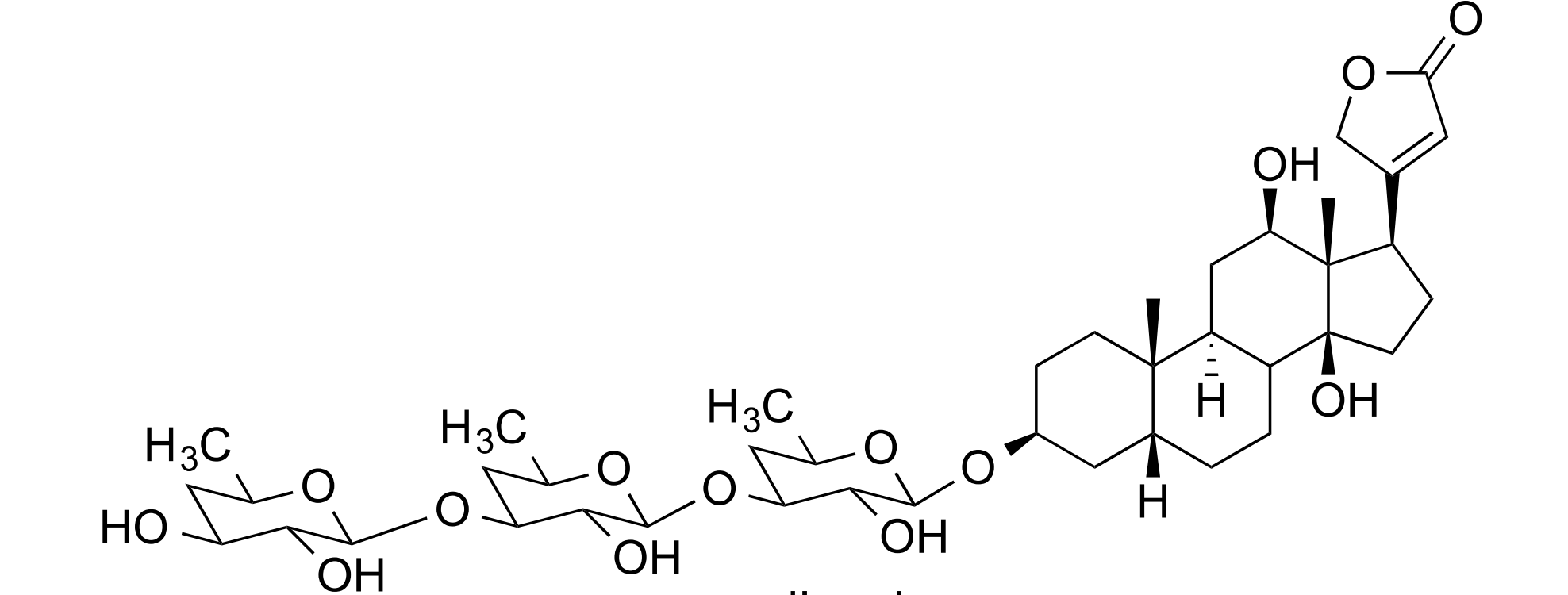
digoxin

cetirizine (Zyrtec)
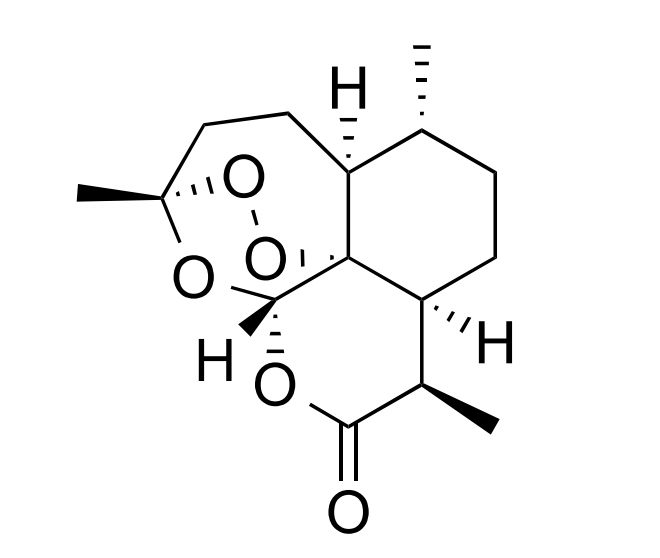
artemisin

artemether
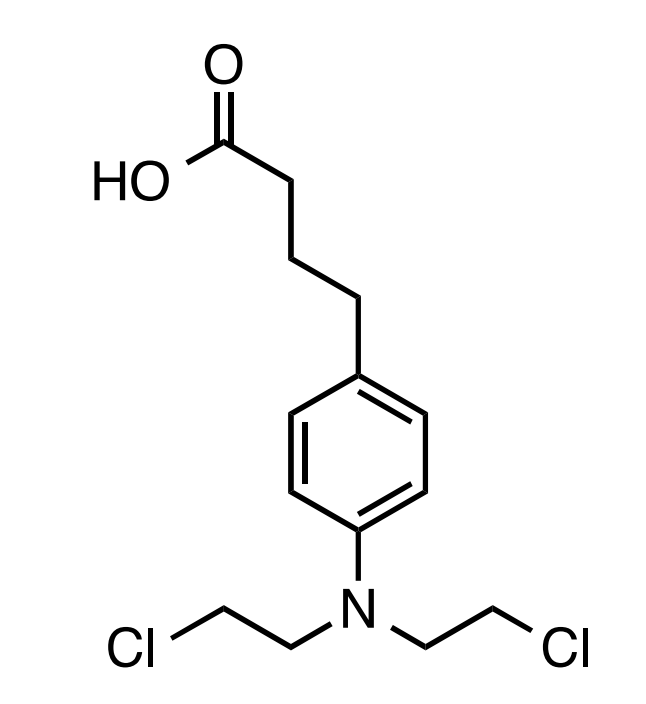
Chlorambucil
Artorvastatin
lower cholesterol; binds to enzyme (protein) - stops biochemical reaction
Prozac
anti-depressant and anti-anxiety; binds to receptor; (protein) - stops transport or signaling
Carboplatin
cancer treatment; (nucleic acid) - interferes with DNA replication
natural products
chemical produced by a living organism (50%)
semisynthetic
lab-modified version of a natural product (improved properties) (50%)
totally synthetic
completely lab-made material
Roughly half the drugs are…
natural or semisynthetic
quinine
a natural product derived from the bark of the cinchona tree, used for treating malaria
digoxin
A cardiac glycoside used to treat heart conditions, derived from the foxglove plant.
artemisinin
natural product isolated from sweet wormwood plant (Artemisia annua)';
Chinese medicine to treat fevers; potential antimalarial drug
artemether
semisynthetic drug; also antimalarial, but has different therapeutic profile and reduced side effects
cetiririzine (Zyrtec)
synthetic drug; treatment for allergies
sitagliptin (januvia)
synthetic drugs; treatment for diabetes
covalent drugs
new covalent bond forms between target and drug; drug is usually an electrophile; binding is usually irreversible
non-covalent drugs
drug binds to target through non-covalent interactions (H-bonding, ionic bonding, Van der Waals, hydrophobic); binding is usually reversible
Lipitor
synthetic, non-covalent enzyme inhibitor
HMG-CoA Reductase inhibitor (“statin drug”)
Inhibits the early step in cholesterol biosynthesis
Lowers cholesterol levels
Penicillins
a natural product and a covalent enzyme inhibitor
all contain B-lactam pharmacophore
B-lactam inhibits transpeptidase enzyme involved in bacterial cell-wall crosslinking
B-lactam
inhibits transpeptidase enzyme involved in bacterial cell-wall crosslinking
prevents peptidoglycan cross-linking
reacts electrophile reacts with serine nucleophile (OH) in active site
nitrogen mustards
synthetic, covalent DNA cross-linking agent
mustard gas was lead compound → very toxic, kill rapidly dividing cells
lead modification → chlorambucil
double electrophile: can crosslink DNA strands, interfering with replication and causing apoptosis